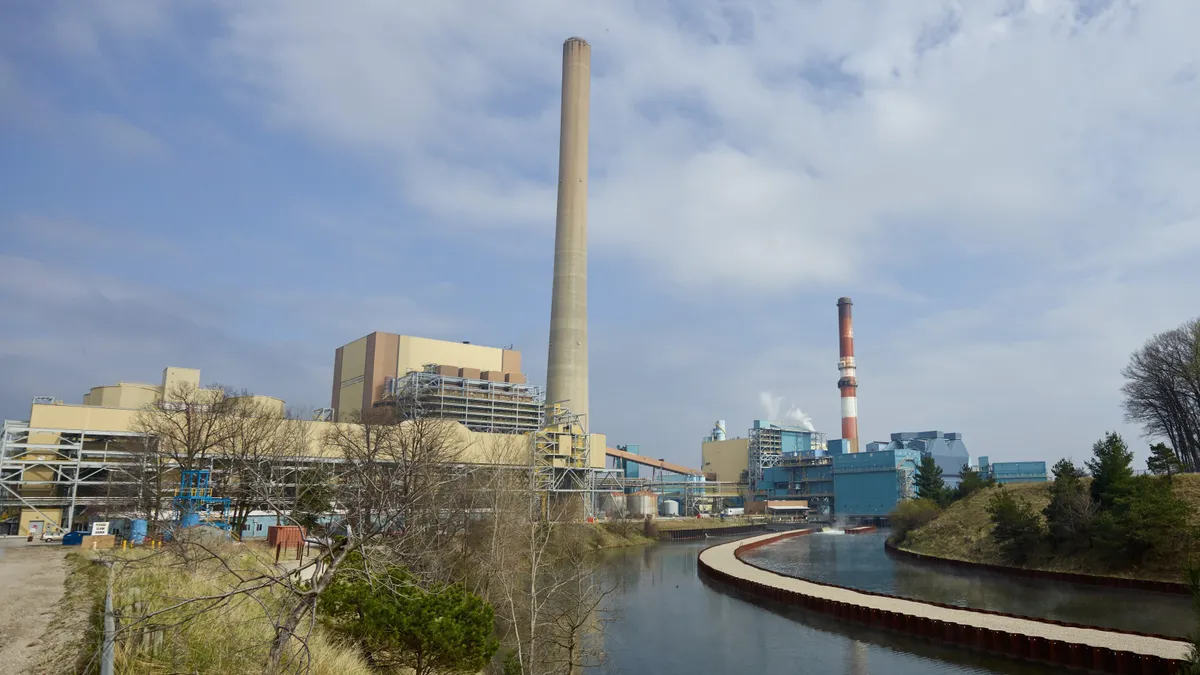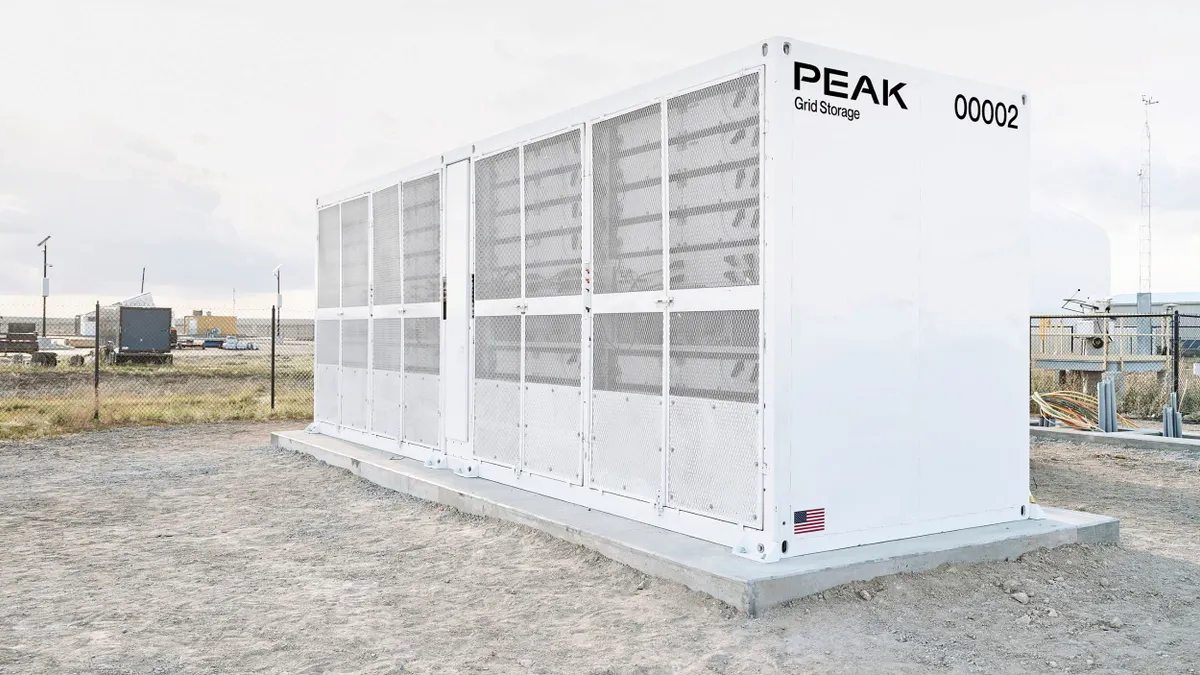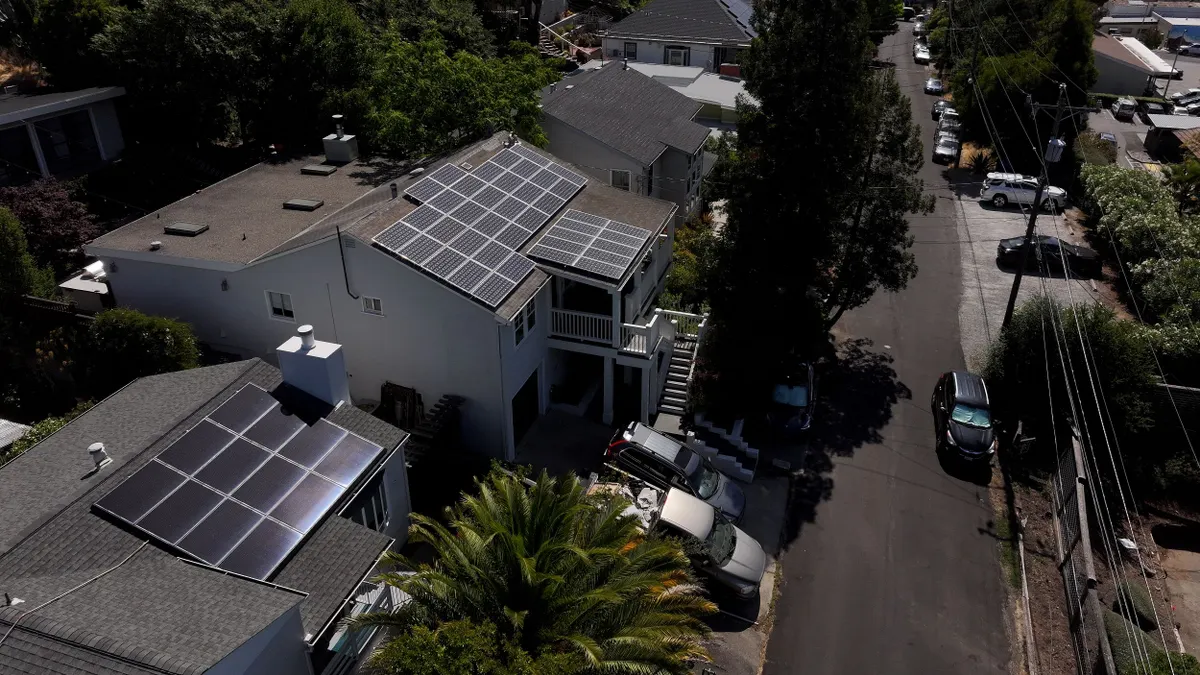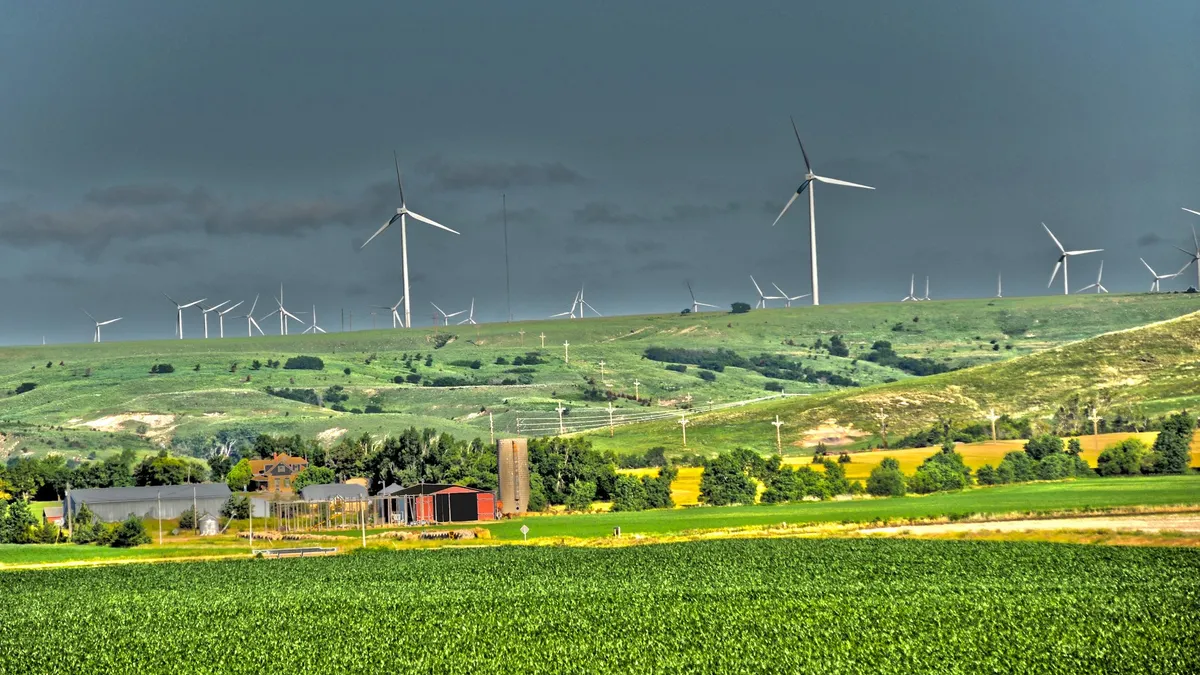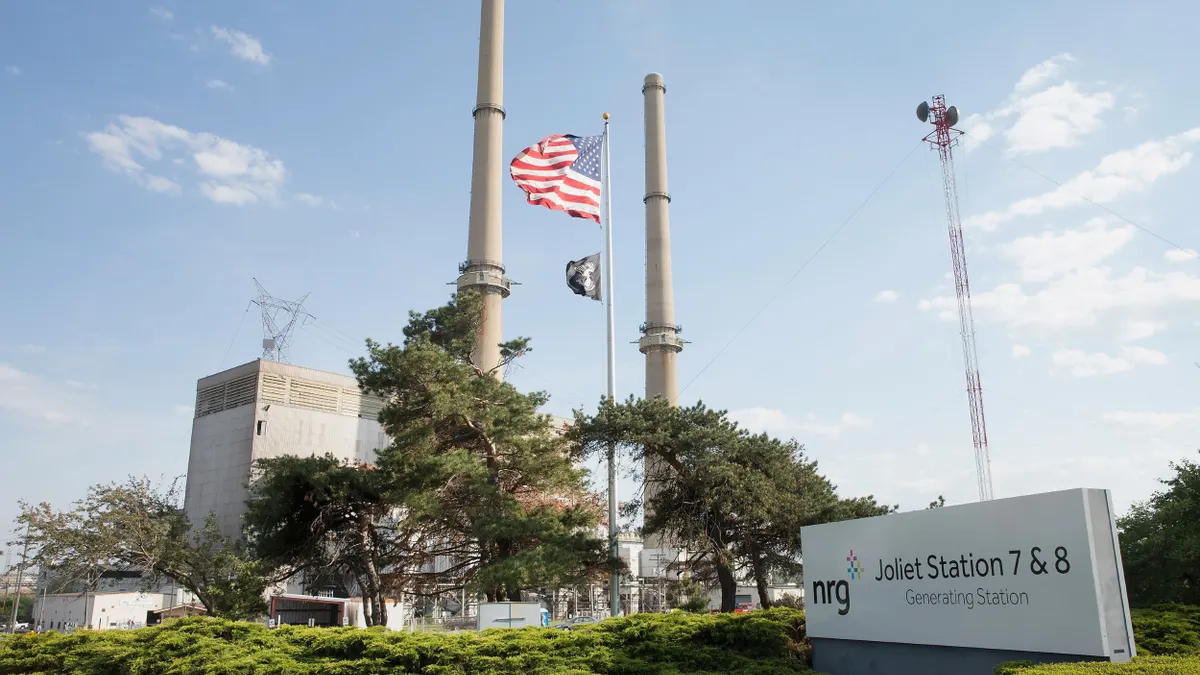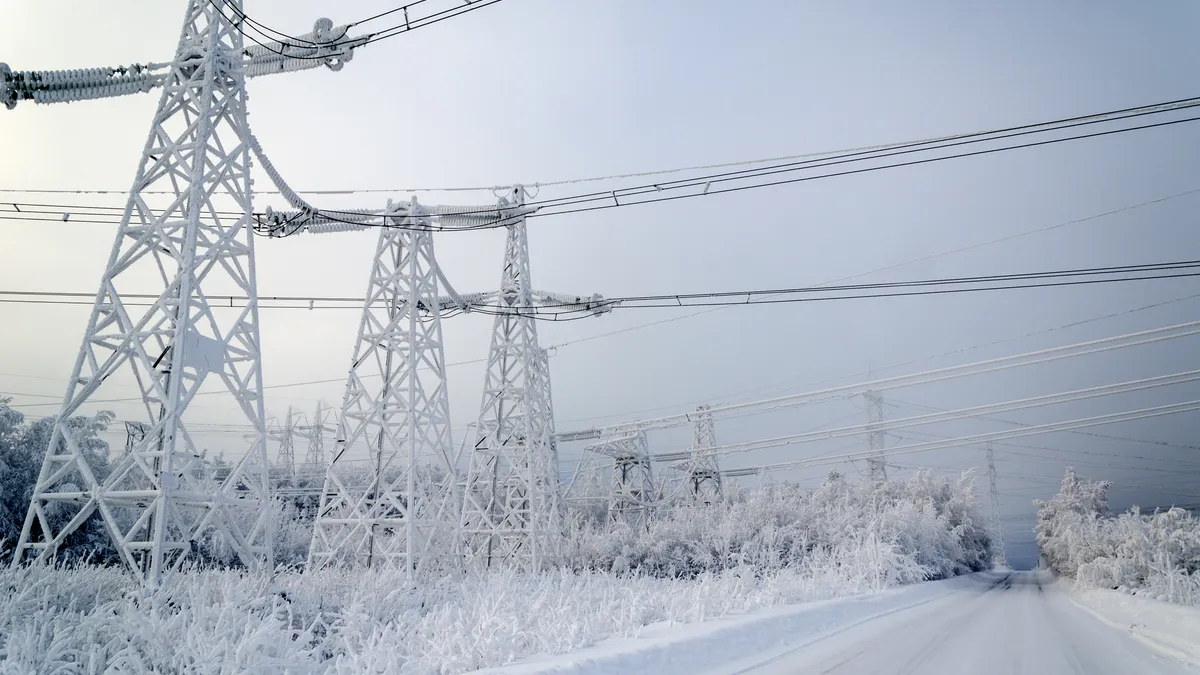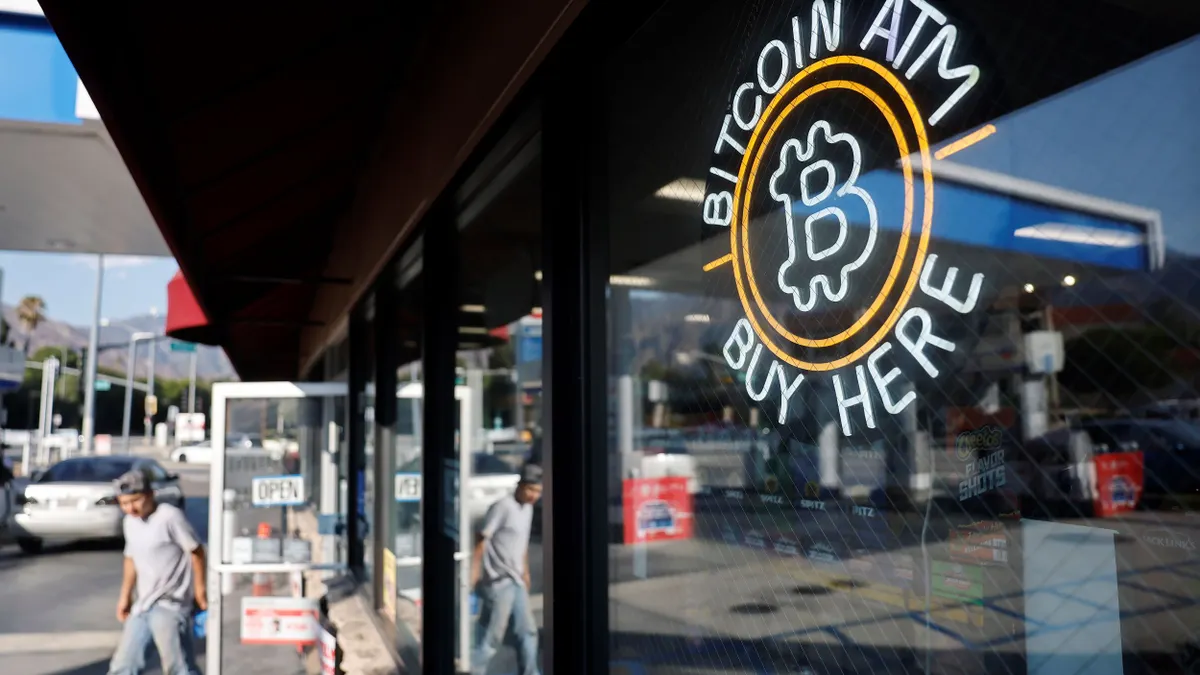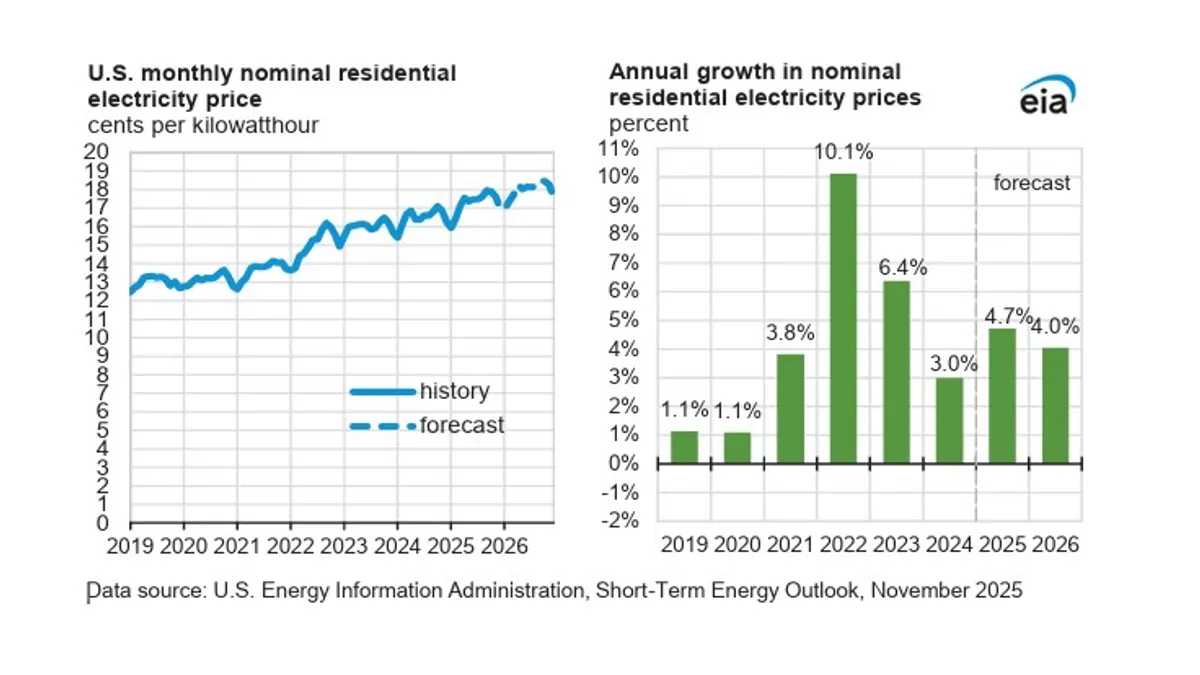New large-load customers
In the third quarter, the electric utility that accounts for the lion’s share of CMS Energy’s revenue reported a 16% year-over-year increase in operating revenue, though electricity deliveries were largely flat since last year, the company said Oct. 30.
The Michigan-based company attributed the revenue increase — and corresponding growth in the parent company’s earnings per share — primarily to favorable weather and constructive regulatory developments in its home state.
But it has also interconnected 450 MW of new industrial loads in recent quarters, about half the 900 MW of large-load growth it expects through 2029. Additions include semiconductor and solar cell factories near Saginaw, a Ford battery plant near Marshall and an expanded Switch data center south of Grand Rapids.
CMS Energy operates electric and gas utilities in Michigan under the Consumers Energy banner. Its third business line is NorthStar Clean Energy, an independent power producer and energy project developer. The two utilities each serve about 1.8 million customers across Lower Michigan, with the electric business accounting for well over 75% of combined revenues.
The recent large-load additions represent the first wave of an expected 9 GW pipeline over the next decade-plus. CMS has 1 GW to 2 GW of industrial load in the “final stages” of contracting, according to the company’s third-quarter investor presentation.
That includes a yet-unnamed data center that could draw up to 1 GW beginning in 2030 and two other data centers “a bit behind” in contracting, CMS Energy President and CEO Garrick Rochow said in an earnings call on Oct. 30.
Rochow said the Michigan Public Service Commission’s approval of a special tariff for loads greater than 100 MW would enable those and future data center deals. Consumers Energy’s largest customer today draws 28 MW, the commission says.
Campbell coal plant emergency orders expected to continue
Rochow and CMS Energy Chief Financial Officer Rejji Hayes said they expect the Trump administration to repeatedly renew its order that Consumers keep running the 1.5-GW J.H. Campbell power plant.
Hayes stressed that the costs associated with Campbell’s continued operation would be socialized across the Midcontinent Independent System Operator’s North and Central regions, sparing Michigan ratepayers the full brunt. He noted that the plant “is being operated for the benefit of the region,” per the Energy Department order — a condition that has raised alarms among ratepayer advocates and spurred environmental groups and large electricity consumers to sue.
“I think it’s important to note that we’re trying our best to make sure that Michigan customers are held harmless,” Hayes said.
It cost Consumers Energy $164 million to run the Campbell plant from May 23 through Sept. 30, CMS said in a filing with the U.S. Securities and Exchange Commission. In that period, the utility received $94 million in revenue selling power from the plant into MISO’s market, leaving the utility with $80 million in net costs, the company said.
Support from Michigan regulators, clean energy law
Consumers Energy benefits from a “constructive” regulatory environment and strong state support for the utility’s clean energy goals, CMS Energy said in the third-quarter presentation.
In a June filing in the electric utility’s pending rate case, PSC staff supported about 75% of its 10.25% return on equity request and about 90% of its revised capital request. That followed a March order in a prior rate case granting the electric utility a $154 million revenue increase to support grid reliability and resilience investments.
Additionally, the commission approved 8 GW of solar capacity and 2.8 GW of wind for inclusion in the electric utility’s next renewable energy plan, which will map out Consumers’ clean energy investments through 2035. Both Michigan and Consumers aim to retire coal and reach net-zero emissions in the power sector by 2040.
On Oct. 30, Rochow said the integrated resource plan Consumers expects to file in mid-2026 will have more on near- and mid-term investments to replace retired plants and support expected load growth. He said the plan would likely include “more battery storage and gas capacity,” with the mix of simple-cycle and possible combined-cycle gas plant investments dependent on the utility’s data center pipeline. Consumers will reveal more about those plans on its next investor call, he said.
Consumers expects to spend $5.2 billion on renewables — per its 2021 IRP — and $8.5 billion on distribution-level reliability and resilience projects through 2029. Through 2035, it anticipates spending $10 billion for line undergrounding and pole replacement, $10 billion for the commission-approved 10.8 GW of renewables and at least $5 billion for the battery storage and gas investments Rochow referenced on the call.


